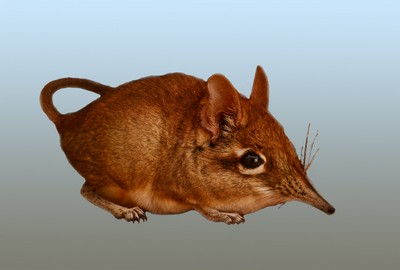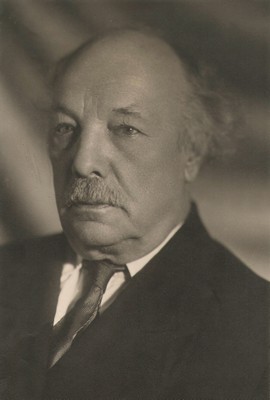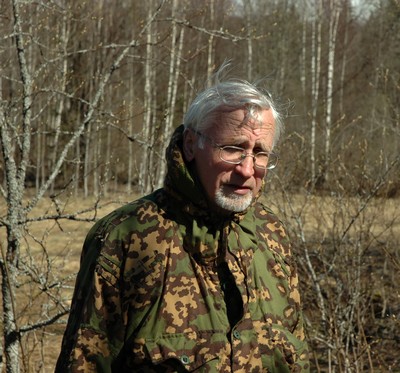Laboratory of mammalian microevolution
Headed by L.A. Lavrenchenko, Dr. Biol. Sci.
Contacts: lavrenchenko@gmail.com, (499) 135-98-65

Elephantulus rufescens
The Laboratory of Vertebrate Microevolution was established in 1950 at the initiative of Professor S.N. Bogolyubsky. Initially its major task was to study the morphology of domestic animals and their closest wild relatives. Later on, activity shifted more toward the field of mammal microevolution. Studies of microevolutionary processes in populations, phylogenetic reconstruction of the evolution of species groups and even the history of the formation of entire faunal groups are performed using modern molecular genetic, cytogenetic and morphometric methods. The influence of global climate change on the processes of evolutionary diversification and genetic differentiation in small mammals is also investigated. Special attention is paid to research on hybrid zones between closely-related forms, which are ideal natural laboratories for developing questions relating to speciation. Also studied are characteristic features of microevolutionary processes at steep environmental (altitudinal) gradients and the significance of interspecies hybridization in the adaptation of certain species to harsh high-mountain climatic conditions. In a broad geographic context are studied genetic variances in the naked mole-rat, which is the only eusocial mammal and an important model species for many questions dealing with evolutionary and medical biology. Patterns of coevolution between mammals and their pathogens and parasites are also studied. The Laboratory has begun research on the geographic distribution of mutations in the VKORC1 gene associated with anticoagulant rodenticide resistance in wild populations of the Norway rat.
|
|
|
|



